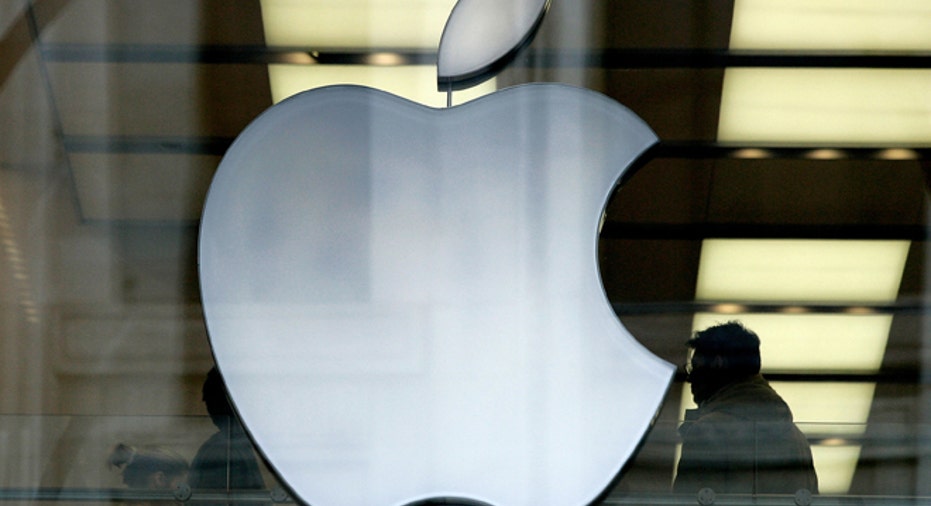Apple and the Myth of the One-Trick Pony

With revenues of $146 billion over the past year, Apple’s iPhone is now bigger than all but seven S&P 500 companies. It’s not surprising that analysts have been accusing the Silicon Valley tech giant as being a one-trick pony.
Never mind that Apple’s non-iPhone revenues – $77 billion over the past four quarters – are still higher than that of all but 33 S&P 500 components. Excluding the iPhone, Apple (NASDAQ:AAPL) is still bigger than Google (NASDAQ:GOOGL), Intel (NASDAQ:INTC), Cisco (NASDAQ:CSCO) … actually every tech company but HP (NYSE:HPQ), IBM (NYSE:IBM), Amazon (NASDAQ:AMZN) and Microsoft (NASDAQ:MSFT).
Regardless, it’s an important question: are one-trick ponies good or bad?
On the one hand, we marvel at the incredible growth and staying power that an iconic product can deliver, even in the face of mind-boggling competition from around the globe.
Then of course we lament the parent company’s inability to do it again … and again.
If it were fair to call Apple a one-trick pony, you’d have to admit, it’s got one hell-of-a trick. And while its smartphone does generate two thirds of the company’s revenues and a disproportionate share of its profits, Apple’s at least as diversified as its top domestic rivals.
Take Google ... I mean Alphabet, for example. With all the hype over Android, Android Wear, Android Auto, Books, Chrome, Chromecast, Gmail, Google+, Maps, Nest, Wallet, YouTube, not to mention dozens of moonshots such as Calico, Fiber, Glass and the self-driving car, Google still derives 90% of its revenues from one source: search advertising.
I’m still waiting for a Google product, initiative or investment starting with the letter ‘Q’ … but I’m not going to hold my breath.
Microsoft, now entering its fifth decade, has been a nearly flawless growth machine, but the vast majority of its revenues and profits have always been attributable to the one-two punch of Windows and Office software. I guess that would technically be two tricks, though. Details, details.
While not an Apple competitor, Intel rose to the top of the semiconductor world by unloading just about everything but its mighty microprocessors. And the Santa Clara company has held the title of the world’s top chipmaker for 23 years now.
Intel gets hammered for not being able to break into the system-on-a-chip dominated mobile world, but had it not focused singly on x86 PC processors, I doubt if we would even be having that discussion since it never would have become the dominant chipmaker in the first place.
Then there’s Qualcomm, the smartphone market’s version of Intel. As the inventors and innovators behind a great deal of today’s modern wireless technology, the San Diego company diversified from licensing patents to semiconductors and is now the third largest chipmaker behind Intel and Samsung. And now activist investors want it to spin off its chip business and focus just on intellectual property licensing.
When it comes to focus and diversification, tech companies are damned if they do and damned if they don’t. It’s a real dilemma. Or is it?
Actually, the answer to the quandary is to not look at an individual company but to pop up a level to the market it serves. Once a tech company stumbles upon what it thinks will become a big opportunity, it has to focus on doing whatever it takes to lead and then dominate that market. That’s where the growth and profit margins lie.
If the core market is big enough, it’s worthy of laser focus. If that also means adding devices to software, software to technology, or infrastructure to chips, then so be it. Whatever it takes to dominate the market or garner the lion’s share of profits from the final product the consumer or business buys.
But here’s the catch. You’ve always got to keep your eye on the trends. Once that market growth begins to flatten out and a new market starts to go viral, it’s usually too late to pivot because somebody else was the innovator or catalyst that sparked that new market.
That’s not always the case. The first-mover doesn’t always have the advantage, as we well know from Apple’s history of showing up late to the party and then stealing all the fun. But that doesn’t mean any company – even Apple – can afford to be shortsighted.
So the dilemma of the one-trick pony is not so much a question of whether to diversify as it is a matter of keeping one eye focused on being the best at that one trick while keeping your other eye looking off into the distance in search of the next cool trick that may someday make yours obsolete.
In tech, focus is the key … as long as you’re not too myopic about it.